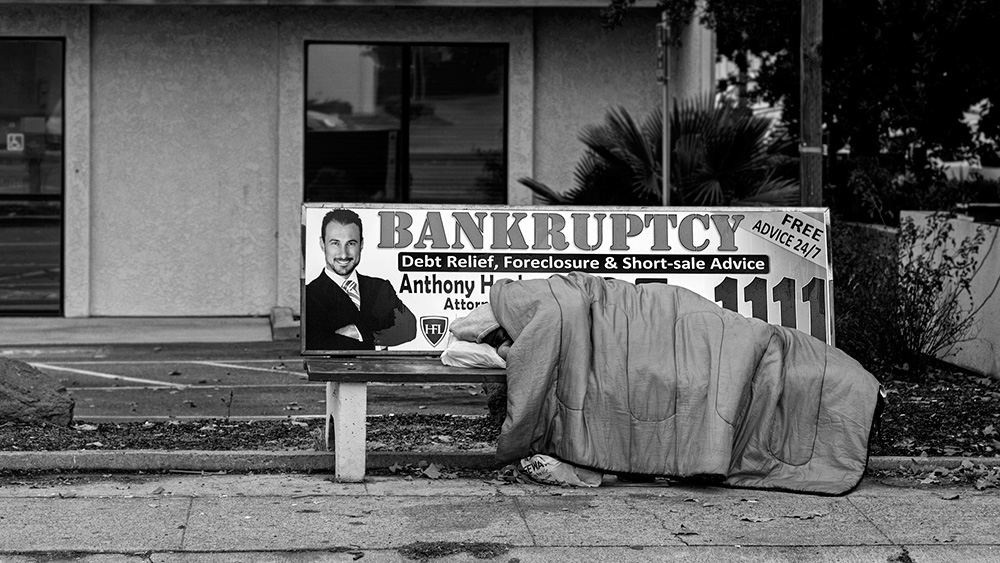Will Mexico eventually decide it wants to pay to build that wall after all?
Don’t laugh. New life expectancy numbers from the United States and related trends there suggest there are things no sane society would want to import from that country, whether or not it possesses the world’s largest economy.
Notwithstanding the deficiencies of the Cuban political system, the benefits of the island nation’s emphasis on heath care are well understood. But you have to wonder if the U.S. economic embargo of Cuba — which is a kind of wall, after all — helped too. After all, while the embargo has certainly kept out badly needed medicines, it also stopped the most pernicious neoliberal economic ideas.
Remember that for years infant mortality rates in Cuba have been better than those in the U.S., which is a great credit to the beleaguered Cubans, of course, but a national disgrace for the supposed economic superpower next door to them and to us.
The number of infants who die each year in the still-Communist Caribbean nation has been comparable to the rate of Canadian infant deaths for years and well ahead of the United States — 4.4 per 1,000 births versus 4.5 here and 5.3 in the U.S. according to the latest estimates from the CIA World Factbook.
Race, class and poverty, obviously, play a significant role in the United States, where the infant mortality rate for African Americans (10.8) was more than twice that of whites (5.1) in 2015.
At the tail end of 2017, meanwhile, news media reported in astonished tones that skyrocketing overdose deaths had caused the average life expectancy of United States’ citizens to drop in 2016 for the second time in as many years.
A two-year drop like this hasn’t happened in the United States since 1962 and 1963, the BBC reported, and before that not since the 1920s. The only other year in that general time frame the average U.S. life expectancy fell was 1993, during the AIDS epidemic.
The nearly 64,000 U.S. overdose deaths last year — about two-thirds caused by opioids like fentanyl, the Associated Press reported — are known to have continued soaring through 2017. That means the U.S. is almost certainly in line for a third drop in average life expectancy when 2017’s numbers are calculated.
If there is a third drop reported for 2017, that will be the first such three-year decrease in average U.S. life expectancy since the Spanish Flu epidemic of 1917, the BBC noted. For people who watch such trends, that’s a deeply shocking development.
The just released 2016 figures reduced the average life a baby born in the U.S could be expected to live to 78 years and seven months, down from 78 years and eight months in 2015, and 78 years and nine months in 2014.
According to slightly different calculations from the World Health Organization and the CIA, for 2015, the United States and Cuba, the world’s richest economy and the victim of its half-century blockade, were basically tied for average life expectancy.
Average life expectancy in Canada is a little over 82 years and in Japan, which has the world’s longest, the average is closing in on 84 years. Mexico still lags the United States, with life expectancy at different points between 76 and 77 years, depending on who’s doing the measuring.
Again, there are big regional — and, of course, class — differences in the United States.
Average life expectancy in half of all U.S. states and the District of Columbia is worse than in Cuba — with Mississippi trailing them all at 75 years in 2014. And that was before the opioid crisis really hit its stride.
It’s dangerous to reach profound conclusions about statistical trend stories, especially when you are sometimes forced to compare figures from different years and databases. But then, news analysis needs to be done quickly and, as they say, you don’t need a weatherman to know which way the wind is blowing.
It’s obviously reasonable to speculate that growing economic inequality south of the U.S.-Canadian border was having an impact on American life expectancy rates even before the opioid crisis got as bad as it is now. And it’s far from clear that our American neighbours have hit bottom, or that we Canadians have either.
Obvious too is that the impact of drug use on the U.S. population is also related to the despair that stems from the vast economic inequality in that country, as well as the lack of funds for treatment and mitigation programs — which would explain why the worst rates are found in the poorest and most southern states.
As political economist Alan Nasser bluntly put it just before Christmas at Counterpunch.org: “Neoliberal austerity kills.”
“There is decisive evidence that neoliberalism’s widening inequality tends to generate uncommon rates of physical and mental health disorders,” Nasser asserted, before moving directly to the question of life expectancy. “Disease is not the issue. The predominant causes of death are suicide, chronic alcohol abuse and drug overdoses.”
The more austerity is practised in a country, he observed, “the more people became ill, and the more people died.”
Or as Paul Krugman, the Nobel Prize winning economist and New York Times economics columnist wrote in 2015, before the North American opioid crisis was in full swing, “the closest parallel to America’s rising death rates — driven by poisonings, suicide and chronic liver diseases — is the collapse in Russian life expectancy after the fall of Communism.”
Krugman went on: “What the data look like is a society gripped by despair, with a surge of unhealthy behaviours and an epidemic of drugs, very much including alcohol.”
Since neoliberal politicians and agitators in Canada slavishly advocate and, if possible, follow the worst U.S. ideas, over time we can expect to see the same trends here.
So what’s the response of the Canadian neoliberal media to these frightening trends of the border? But of course! They deny neoliberalism is a thing. ![]()
















Tyee Commenting Guidelines
Comments that violate guidelines risk being deleted, and violations may result in a temporary or permanent user ban. Maintain the spirit of good conversation to stay in the discussion.
*Please note The Tyee is not a forum for spreading misinformation about COVID-19, denying its existence or minimizing its risk to public health.
Do:
Do not: